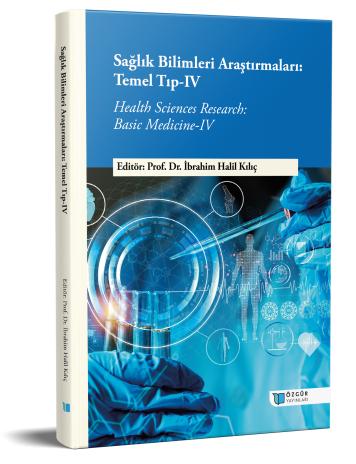
Amyloid Beta Peptides: Utilizing Them to Develop in-vitro Alzheimer's Disease Toxicity Models
Chapter from the book:
Kılıç,
İ.
H.
(ed.)
2023.
Health Sciences Research: Basic Medicine- IV.
Synopsis
Alzheimer's Disease is a progressive neurodegenerative condition characterized by the formation of neurofibrillary tangles due to intracellular accumulation of amyloid beta plaques and hyperphosphorylated microtubule-associated protein. The use of experimental AD models is very important for understanding AD pathology and developing new treatment approaches. However, it has been observed that data obtained from basic research show very low success rates in clinical studies. For this reason, it is anticipated that evaluating the strengths and limitations of these models in the literature and conducting studies with models covering various aspects of the disease will increase the success of potential treatments. In this chapter, the pathological and molecular characteristics of the use of amyloid beta peptides in in-vitro AD models and the advantages and disadvantages of these uses are discussed.

